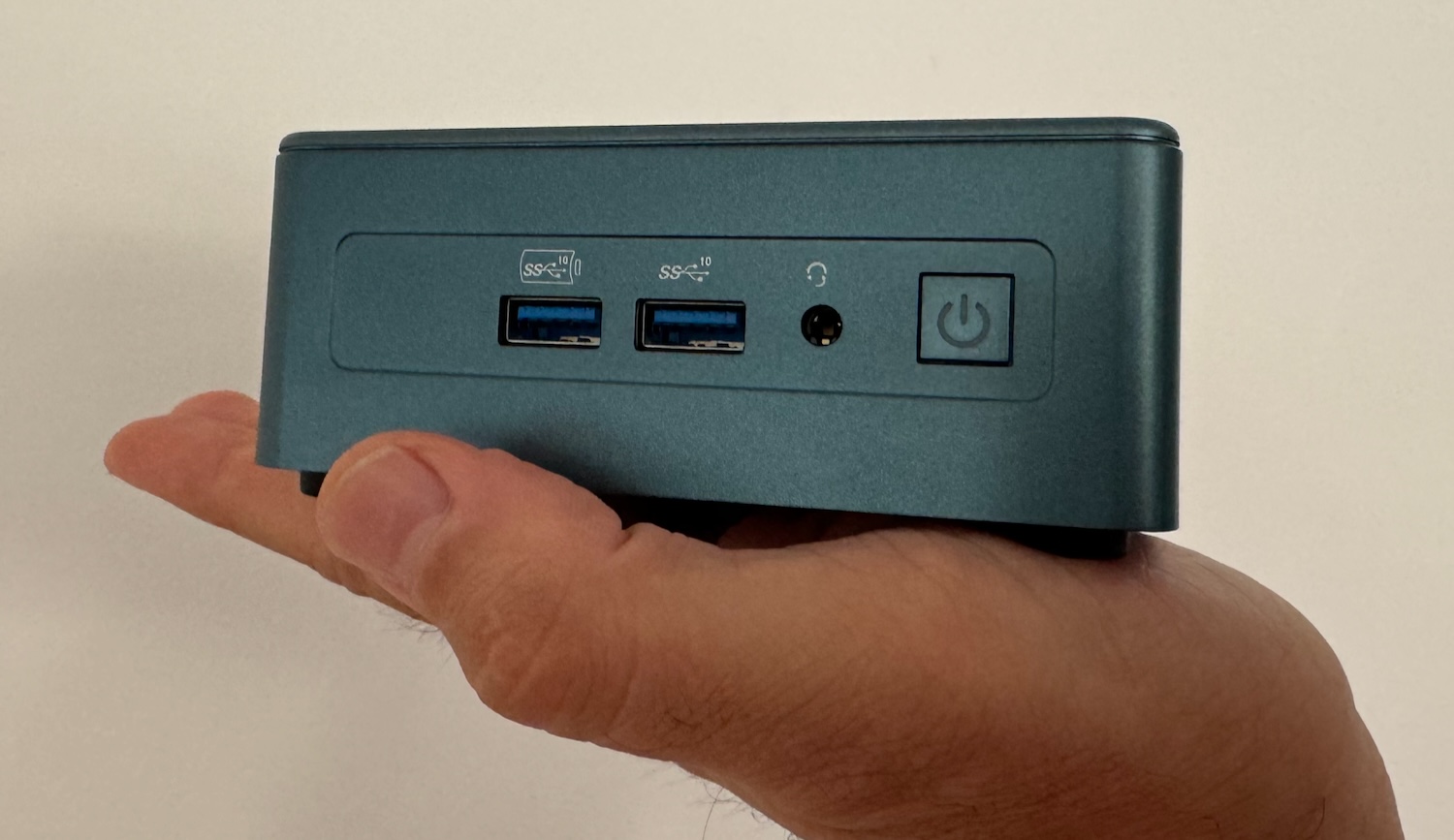In a nutshell: Aurora, the supercomputer created through a collaboration between Intel, HPE, and the US Department of Energy’s Argonne National Laboratory, has broken the Exascale barrier, becoming the second machine after Frontier to hit that coveted mark. It is now also the fastest AI supercomputer on the planet, although it still failed to dislodge Frontier from its perch as the quickest machine in the world.
Aurora debuted in second place on the Top500 list last November, but back then, it only managed to get Linpack running on about half the system. Even with only partial deployment, it offered 585 petaFLOPS of double precision performance. The latest ranking gives us a better idea of the supercomputer’s capabilities. However, it is worth noting that the machine is still not 100 percent functional, meaning the benchmarks do not reflect the system’s full potential.
Aurora has 21,248 Intel Xeon CPU Max processors and 63,744 Intel Data Center GPU Max accelerators. In the latest tests, it spat out 1.012 exaflops of performance with only 9,234 nodes active out of the total 10,624. While it is awe-inspiring when taken in isolation, it’s still disappointing for the much-hyped and much-delayed system that most expected to end the AMD-powered Frontier’s reign as the fastest supercomputer in the world.

Aurora performed much better in the HPL-MxP mixed-precision benchmark, registering 10.6 exaflops of AI performance with only 89 percent of the total system active. Unlike Linpack, which uses the FP64 precision, HPL-MxP uses FP32 and FP16, which better represent a machine’s AI capabilities. While FP64 is mostly used for traditional scientific computing, AI workloads and other real-world applications mainly use lower precision, meaning Linpack is no longer the only indicator of the true capabilities of a supercomputer.
Argonne’s inability to run benchmarks on the full Aurora hardware is due to numerous system failures, including cooling issues, operational errors, and network instability. However, even if engineers fix those problems and perfectly tune the system, it is still unlikely to outstrip Frontier.
The AMD-powered system is currently rated for 1.206 exaflops of performance, around 19 percent faster than Aurora, with 87 percent of the latter’s hardware up and running. Even with linear scaling, the remaining 13 percent of the Aurora nodes won’t add the 200-odd petaflops needed to topple the current leader. Argonne representatives still insist that Aurora “should” beat Frontier when fully deployed, but whether that happens remains to be seen.











